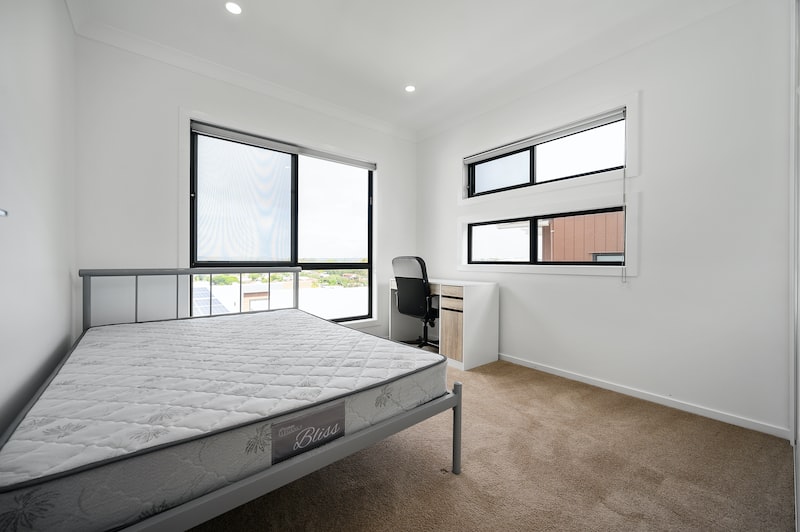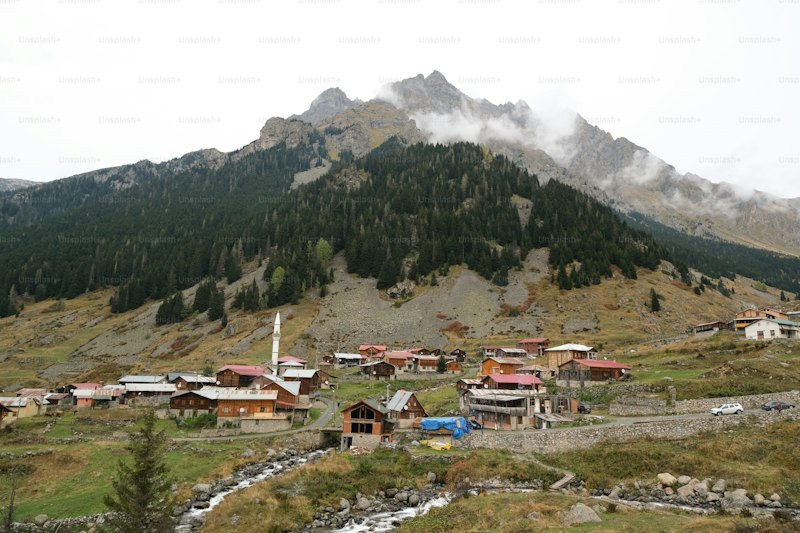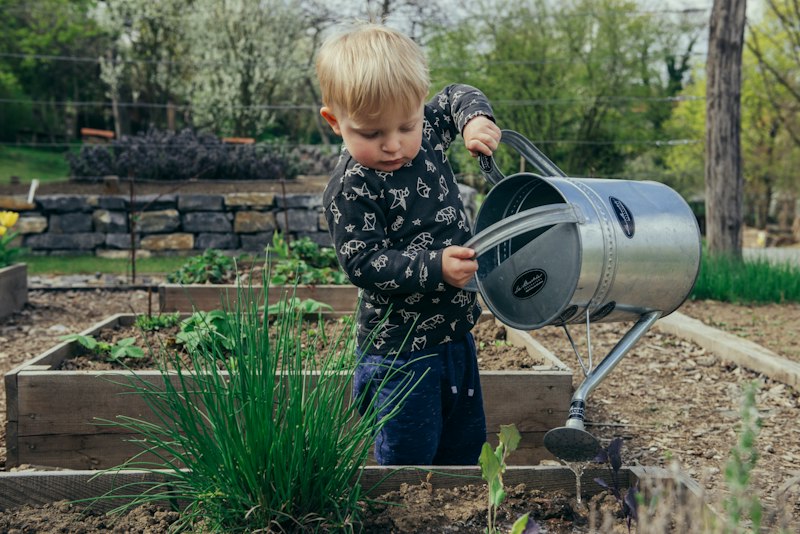Table of Contents
Are you tired of the high costs associated with housing? Do you dream of a simpler, more affordable lifestyle? If so, then building a tiny house might be the solution for you. In this article, we will delve into the financial aspects of constructing a tiny house and explore how it can help you economize space.
When it comes to building a tiny house, one of the most attractive benefits is its cost-effectiveness. Traditional homes can be incredibly expensive, with mortgages that take decades to pay off. However, tiny houses offer a much more affordable alternative. By opting for a smaller footprint, you can significantly reduce construction and maintenance costs. Additionally, the lower utility bills and property taxes associated with tiny houses make them even more financially appealing.
Another advantage of building a tiny house is the opportunity for customization on a budget. With limited square footage, you can focus on quality over quantity. Every inch of space is precious, so careful planning is crucial. By utilizing smart storage solutions and multifunctional furniture, you can maximize the usability of your tiny home. This not only saves money but also allows you to create a personalized and efficient living space that suits your needs perfectly.
Furthermore, going tiny can have a positive impact on your overall financial well-being. A smaller living space means less room for unnecessary belongings, encouraging a minimalist lifestyle. This helps reduce clutter and impulsive purchases, promoting better financial discipline. Additionally, the lower expenses associated with tiny house living can free up funds for other endeavors, such as traveling, investing, or pursuing your passions.
The Rising Trend of Tiny Houses: How Homeowners Are Economizing Space and Saving Money
Have you ever wondered what it would be like to live in a tiny house? These compact dwellings have been gaining popularity in recent years, and for good reason. With the rising cost of living and a growing desire for a simpler lifestyle, many homeowners are embracing the concept of tiny houses as a way to economize space and save money.
One of the most remarkable aspects of tiny houses is their size. These homes typically range from 100 to 400 square feet, offering a cozy and intimate living experience. But don’t let
their small stature fool you; these houses are designed to optimize every inch of space. Clever storage solutions, multifunctional furniture, and innovative design ideas are employed to ensure that every nook and cranny serves a purpose.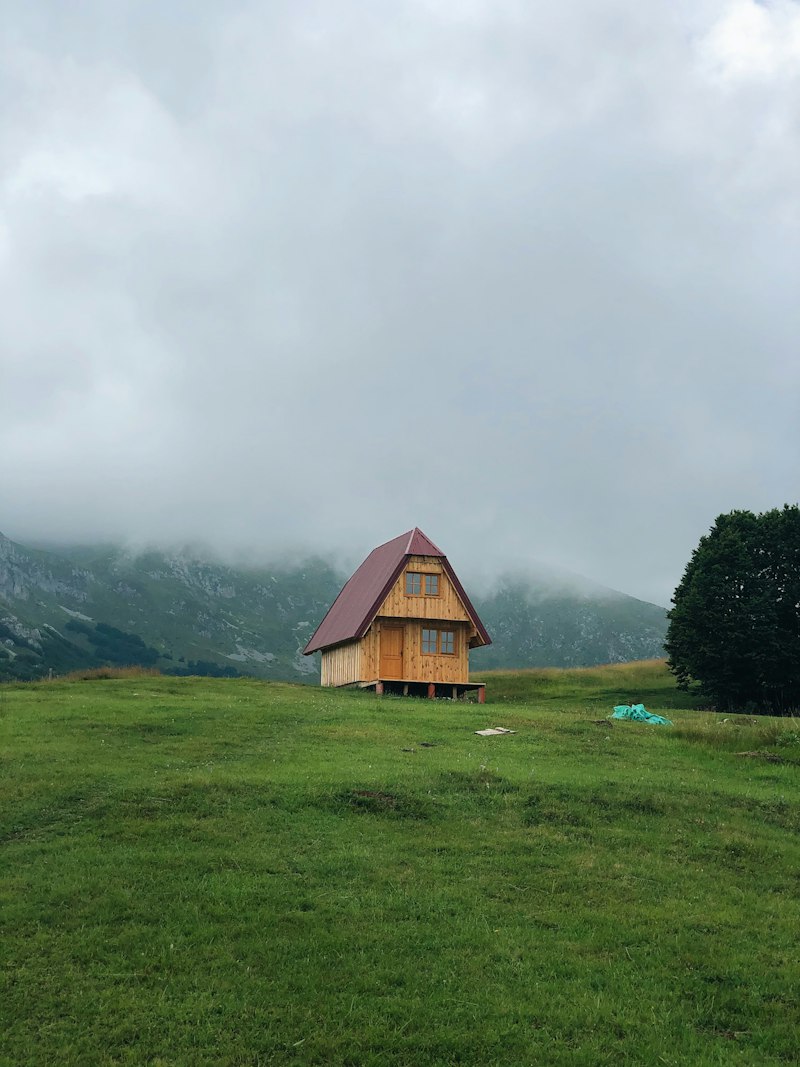
By downsizing to a tiny house, homeowners can significantly reduce their expenses. The smaller footprint means lower construction costs, lower property taxes, and reduced utility bills. Furthermore, maintaining a tiny house requires fewer resources, both in terms of time and money. Cleaning becomes a breeze, and with less space to furnish, homeowners can focus on quality over quantity when it comes to their possessions.
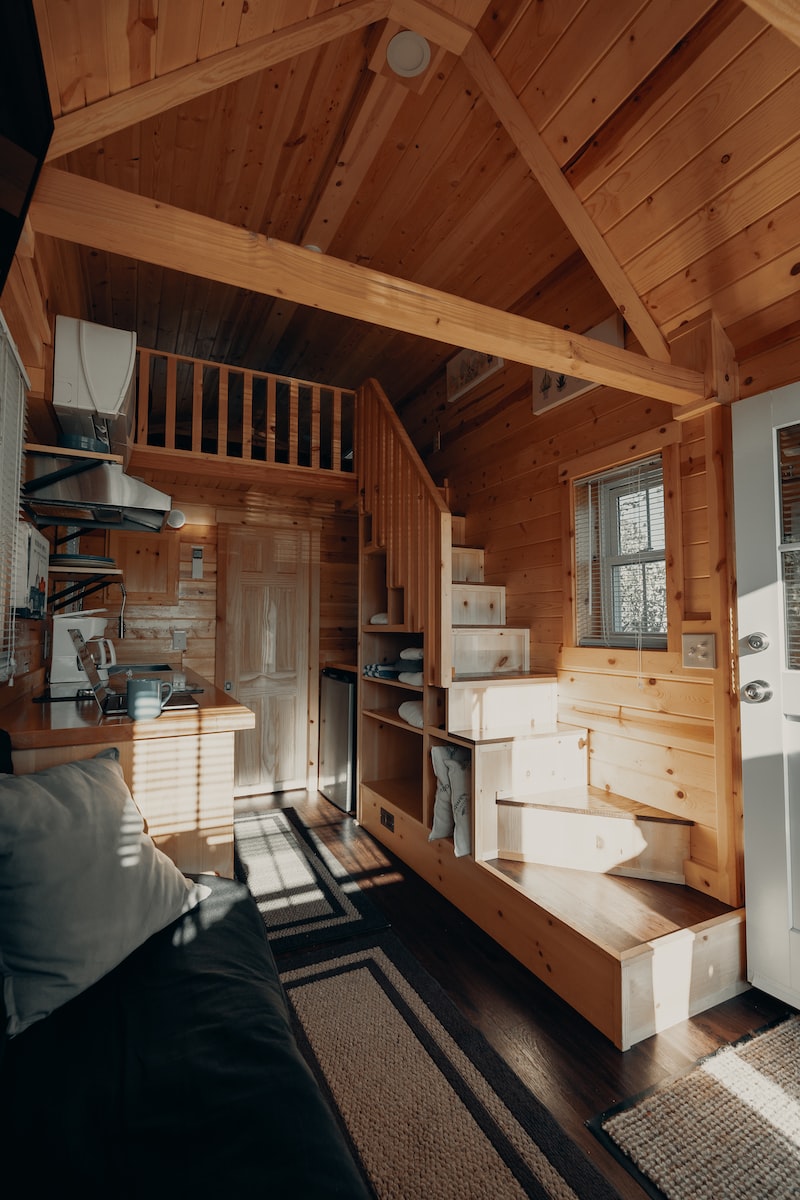
Living in a tiny house also encourages a more sustainable lifestyle. With limited space, there is less room for excess and unnecessary consumption. Homeowners are forced to prioritize their belongings, keeping only what truly matters to them. Additionally, the smaller size means a smaller environmental impact. Tiny houses require fewer materials and consume less energy, making them an eco-friendly housing alternative.
Another benefit of tiny houses is their mobility. Many are built on trailers, allowing homeowners to easily relocate if desired. This flexibility appeals to those who value freedom and adventure, as they can take their home with them wherever they go. Imagine waking up to a different view every morning or exploring new communities while still having the comfort and familiarity of your own space.
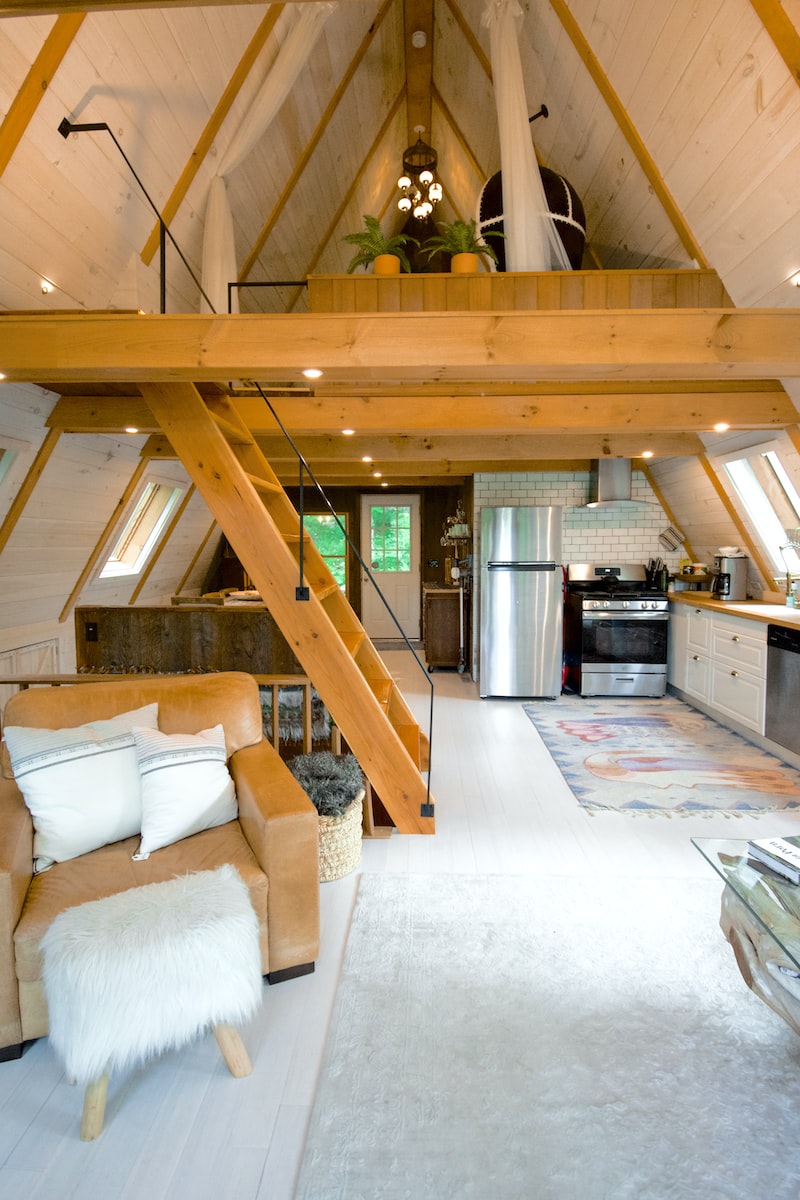
the rising trend of tiny houses is revolutionizing the way we think about homeownership. These small yet mighty dwellings offer an opportunity to economize space and save money while embracing a simpler, more sustainable lifestyle. Whether you’re looking to downsize, reduce your environmental impact, or embark on a new adventure, tiny houses provide a unique and exciting solution. So, are you ready to join the tiny house movement and experience the wonders of living large in a compact space?
From Dream to Reality: Exploring the Cost Breakdown of Building a Tiny House
Have you ever dreamed of having your own cozy little sanctuary, a tiny house where you can escape the hustle and bustle of everyday life? Well, it’s time to turn that dream into a reality! In this article, we will explore the cost breakdown of building a tiny house, so you can get a clearer picture of what it takes to bring your vision to life.
When it comes to building a tiny house, one of the first things you need to consider is the size. The cost of materials and labor will largely depend on the square footage of your future abode. Keep in mind that bigger doesn’t always mean better, especially when it comes to tiny houses. By opting for a smaller footprint, you can save a substantial amount of money without compromising on comfort and functionality.
Another aspect to consider is the type of foundation you choose for your tiny house. There are several options available, including a traditional foundation, a trailer, or even a skid foundation. Each option comes with its own set of costs and considerations. For instance, if you decide to go with a trailer, you’ll need to factor in the cost of purchasing and modifying the trailer to meet your specific needs.
Now, let’s talk about materials. When it comes to building a tiny house, you have the freedom to choose from a wide range of materials, each with its own price tag. For example, if you prefer a rustic look, you might opt for reclaimed wood, which can add character to your tiny house while keeping costs down. On the other hand, if you’re looking for a more modern aesthetic, you might consider using eco-friendly materials such as bamboo flooring or recycled glass countertops.
In addition to the materials, you’ll also need to budget for appliances, fixtures, and utilities. While it may be tempting to splurge on high-end products, it’s important to strike a balance between cost and quality. Look for energy-efficient appliances that can help you save money in the long run.
Building a tiny house is not just about the construction itself; there are also permits and regulations to consider. Depending on your location, you may need to obtain building permits and adhere to certain codes and standards. It’s essential to do thorough research and consult with local authorities to ensure compliance and avoid any costly penalties.
Downsizing for Financial Freedom: Tiny Houses Offer Affordable Housing Solutions
Are you tired of the never-ending cycle of mortgage payments and high living expenses? Are you seeking financial freedom without sacrificing your comfort? Look no further than tiny houses! In this article, we’ll explore how downsizing to a tiny house can provide an affordable housing solution that sets you on the path to financial independence.
What exactly are tiny houses? Well, they are small, fully functional homes typically ranging from 100 to 400 square feet in size. Despite their compact nature, these ingeniously designed dwellings offer all the essential amenities needed for comfortable living. From clever storage solutions to multifunctional furniture, every inch of space is optimized to its fullest potential.
One of the most significant advantages of tiny houses is their affordability. Traditional homes often come with hefty price tags and an avalanche of expenses, including mortgages, property taxes, and maintenance costs. Tiny houses, on the other hand, are much more budget-friendly. With lower construction costs, reduced utility bills, and minimal upkeep requirements, they allow you to save a substantial amount of money.
But cost-effectiveness isn’t the only benefit of downsizing to a tiny house. Living in a smaller space encourages a simplified lifestyle. By shedding unnecessary possessions and focusing on what truly matters, you can experience a sense of liberation. In a world where materialism often reigns supreme, embracing simplicity can be refreshing and liberating.
Furthermore, tiny houses offer environmental advantages. Their smaller footprint means less energy consumption, reducing your carbon footprint. You can also explore eco-friendly options such as solar panels and rainwater harvesting systems, allowing you to live more sustainably.
Imagine waking up in the cozy loft of your tiny house, surrounded by natural beauty. Picture yourself sipping coffee on a porch overlooking a serene landscape, unburdened by excessive debt. With a tiny house, these dreams can become a reality. It’s a chance to redefine what truly matters to you and embark on a journey toward financial freedom.
downsizing to a tiny house opens up a world of possibilities. It provides an affordable housing solution, encourages a simplified lifestyle, and promotes environmental sustainability. So, if you’re ready to break free from the chains of excessive living expenses, consider embracing the tiny house movement. Your journey towards financial freedom starts with a small step into a tiny home.
Maximizing Minimalism: The Economic Benefits of Living in a Tiny House
When it comes to living spaces, bigger is not always better. In fact, there’s a growing trend that embraces the idea of maximizing minimalism through tiny house living. But what exactly are the economic benefits of living in a tiny house? Let’s explore how this small-scale living can have a big impact on your wallet.
One of the most significant advantages of living in a tiny house is the cost savings it offers. Traditional homes come with hefty price tags, but tiny houses are much more affordable. With a smaller footprint and fewer materials required for construction, tiny houses are a fraction of the cost of a standard home. This affordability opens up opportunities for people who may otherwise struggle to enter the housing market or want to reduce their financial burden.
But the savings don’t stop at the initial purchase price. Tiny houses also boast lower utility bills. With less square footage to heat, cool, and light up, energy consumption is significantly reduced. This translates into substantial long-term savings on monthly utility expenses. Additionally, the smaller size encourages homeowners to adopt eco-friendly practices, such as using renewable energy sources like solar panels or rainwater harvesting systems, further reducing their environmental impact and saving money in the process.
Living in a tiny house also promotes a simpler lifestyle, free from the burden of excess belongings and unnecessary expenses. The limited space forces residents to downsize and prioritize their possessions, encouraging a more mindful approach to consumption. By eliminating the need for excessive furniture, decor, and other material possessions, tiny house dwellers find themselves freed from the shackles of consumerism and can focus on experiences and personal fulfillment instead.
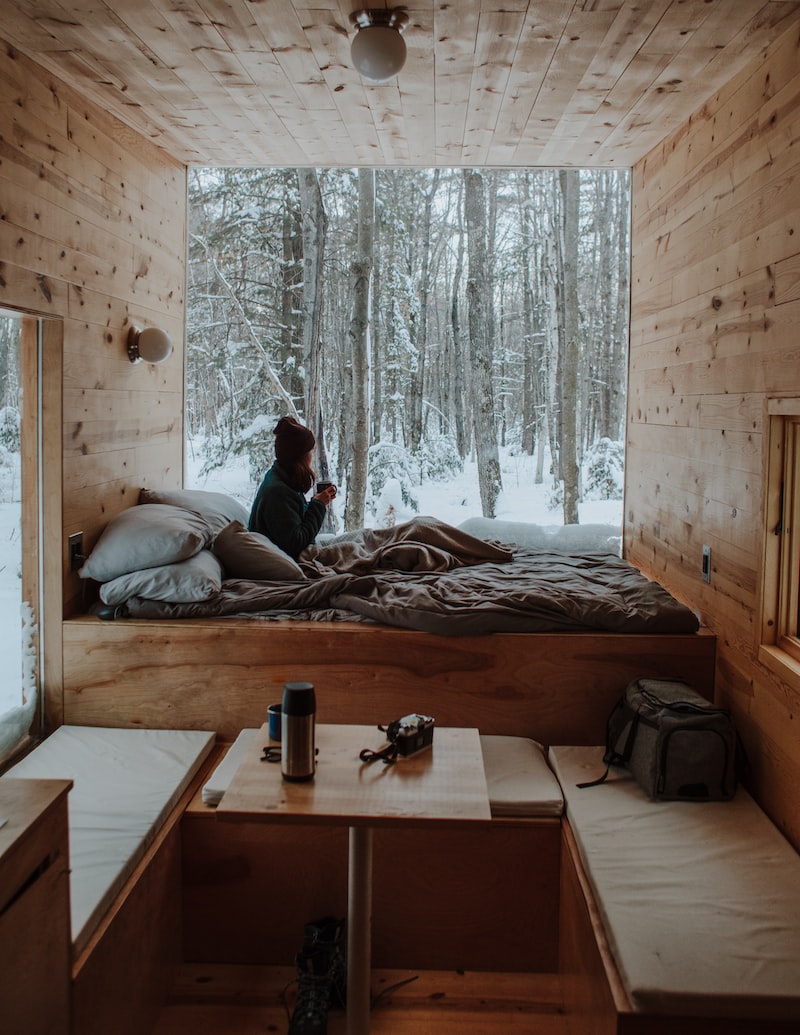
Furthermore, the reduced maintenance and upkeep requirements of tiny houses contribute to ongoing cost savings. Cleaning, repairs, and general maintenance tasks take considerably less time and money compared to larger homes. With fewer rooms and surfaces to clean, fewer appliances to maintain, and smaller outdoor spaces to tend to, homeowners can spend less on routine maintenance and allocate their resources to more meaningful endeavors.
embracing the concept of tiny house living can bring about significant economic benefits. From lower upfront costs and reduced utility bills to a simplified lifestyle and decreased maintenance expenses, the financial advantages of living in a tiny house are undeniable. So, if you’re looking to maximize minimalism while minimizing your financial burden, consider the economic advantages of joining the tiny house movement.


